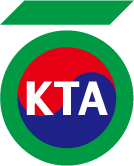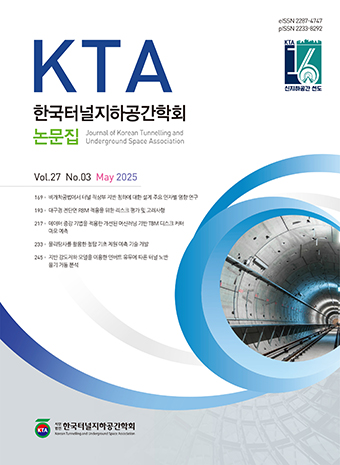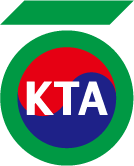Research Paper
Abstract
References
Information
- Publisher :Korean Tunneling and Underground Space Association
- Publisher(Ko) :한국터널지하공간학회
- Journal Title :Journal of Korean Tunnelling and Underground Space Association
- Journal Title(Ko) :한국터널지하공간학회 논문집
- Volume : 21
- No :4
- Pages :479-499
- Received Date : 2019-04-24
- Revised Date : 2019-05-27
- Accepted Date : 2019-05-31
- DOI :https://doi.org/10.9711/KTAJ.2019.21.4.479




 Journal of Korean Tunnelling and Underground Space Association
Journal of Korean Tunnelling and Underground Space Association








